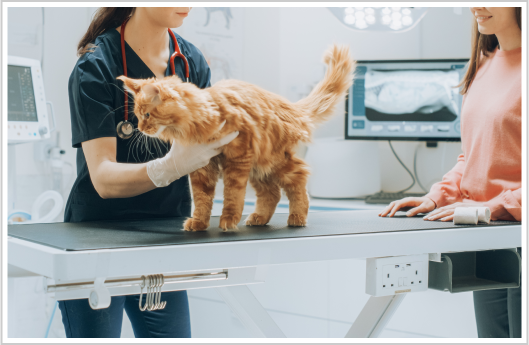
However, proper evaluation and timely intervention from a Veterinary Dermatologist are essential to ensure your pet’s health and comfort.
Causes of Pet Lumps & Bumps
Just because you notice a lump on your pet, don’t automatically assume it is cancerous. There are many reasons for bumps to appear on the animal, many of which are benign. Therefore, taking your pet to a specialist is imperative for proper diagnosis and treatment.
Pet Lumps & Bumps in Cats

Ticks
Even indoor cats can get ticks. Ticks ride on humans or animals who spend time outdoors. If they remain on your feline’s skin long enough, they embed themselves, forming a bump.
Acne
Cats can receive blackheads on their face or chin. They are tiny bumps just under the skin’s surface. They are easier to note if they are infected. If the bumps are acne, you can use a special wash, medicine, or wipe to remove excess oil from your cat’s face.
Bug Bites
Insects can cause bumps on your cat. The site may appear swollen and red. Cold compresses relieve pain. However, if your cat is stung, steroids or antihistamines may be required to reduce swelling and remove the stinger.
Abscesses
Abscesses are swollen, pus-filled spots that form where cats are scratched or bitten. They are painful and red, so your cat may avoid your touch. Treatment involves anti-inflammatory or antibiotic medications.
Mild Trauma
When cats experience minor injuries, they may develop bumps. While most of these bumps heal on their own, some can become infected. If you suspect an infection, it's important to promptly schedule an appointment with a pet dermatologist for proper care.
Tumours
Cats can develop a variety of tumours, including benign lipomas, aggressive mast cell tumours, and invasive fibrosarcomas. Lipomas are non-cancerous, while mast cell tumours may require surgery and additional treatment. Fibrosarcomas, often linked to past injections, need early intervention for the best outcome.
Pet Lumps & Bumps in Dogs
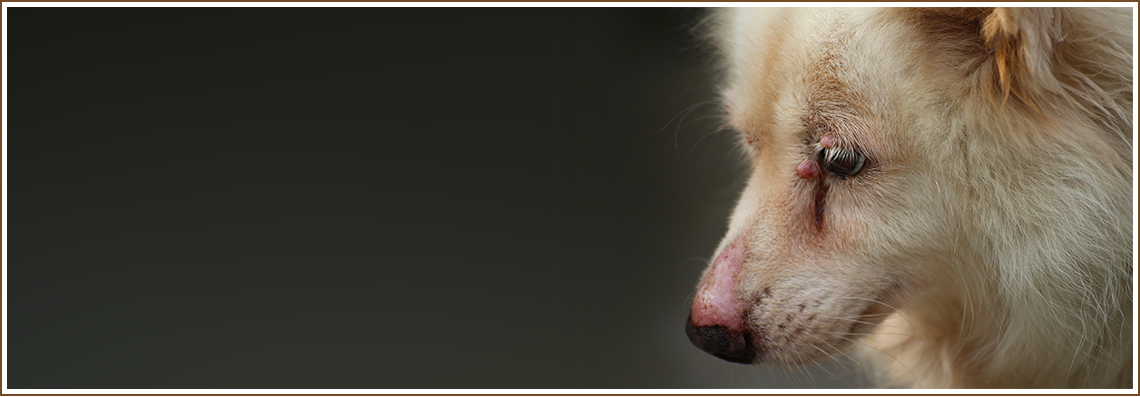
Hives
Hives are a common symptom of allergic reactions and usually appear as a rash of red, round bumps or itchy oval raised bumps on dogs. While mild cases often resolve themselves, it’s still advisable to consult an animal dermatologist.
If you suspect your dog is experiencing an allergic reaction, Animal Dermatology Specialists of Vancouver can help. We will be able to examine your dog and determine the exact cause of the rash, as well as prescribe an appropriate treatment.
Tumours
Tumours in dogs vary widely, with some being benign like lipomas, which are fatty growths often found in older dogs, while others, such as mast cell tumors, can be malignant and require immediate attention. Histiocytomas are common in young dogs and usually resolve on their own, but it's essential to monitor any lump for changes.
Early detection and veterinary evaluation, particularly from pet dermatology specialists, are key to ensuring the best outcome, especially for aggressive tumours like fibrosarcomas or melanomas, which may require surgery and additional treatments.
Skin Tags
Skin tags often develop in areas where skin rubs together, as they are overgrowths of the skin’s connective tissues. They are frequently observed in certain breeds and older dogs.
Sebaceous adenomas or hyperplasia are common in older dogs. They are benign and can be frozen off with cryotherapy or excised with a local anaesthetic.
Papilloma
Papillomas are wart-like, contagious growths found in/around the mouth. A virus from contaminated items or infected dogs causes them.
Follicular Cyst
This is seen as a lump smaller than a pea in older dogs. Some bleed, while others secrete materials that later form a crust.
Perianal Adenomas
Found in unneutered male dogs, they occur from oil glands close to the anus, along the abdomen, back, or close to the tail. They appear in multiple bumps and can compress the anal canal.
Abscess
Abscesses are pockets of pus found anywhere on the body. If they are under the skin, they may suddenly appear with firm, painful swelling or be squishy. The abscess will need to be evaluated, drained and flushed with a sterile solution to prevent infection.
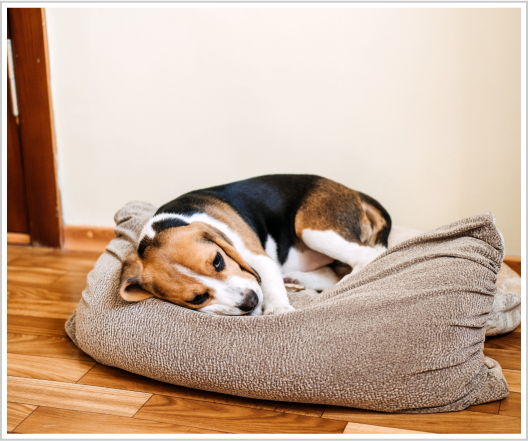
Symptoms of Pet Lumps & Bumps
Owners need to remember that not every bump on their pets is cancerous. Lumps can come from a variety of sources and can arise quickly. If your pet has a new bump, make an appointment to check it.
Common symptoms of pet bumps are:
- Pus-filled lumps (abscess)
- Small dark bumps or specks (acne)
- Small, raised bumps caused by bacteria/blocked hair follicles (cysts)
- Swollen red bump (insect bite/ticks)
- Swelling (caused by vaccine)
- Diarrhea
- Vomiting
- Chronic thirst
- No appetite
- Frequently going to the bathroom
It's important to have any new lumps on your pet examined by an animal dermatologist, who can run diagnostic tests. Instead of waiting to see if the lump changes, it's best to take proactive steps. Some lumps may require medical treatment, especially if they are due to an infection. Additionally, it's crucial to treat cancerous lumps promptly to prevent them from spreading.
Treatment For Pet Lumps & Bumps
Depending on the diagnosis, pet bumps and lumps may be treated in several ways.
Pet Lumps & Bumps Treatments for Cats
- Draining a bump (infection)
- Antibiotics
- Anti-inflammatories for pain relief
- Surgery
- Changing food (allergies)
- Chemotherapy and steroids
- Monitoring: involves carefully watching a lump and noting any textural or size changes, or if your cat seems to be in pain.
- Impression smear or skin scrape: this test scrapes the surface of the lump and uses a microscope to identify what it is.
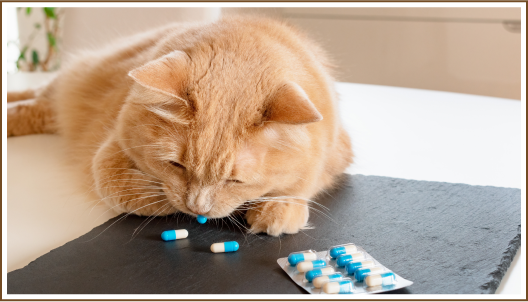
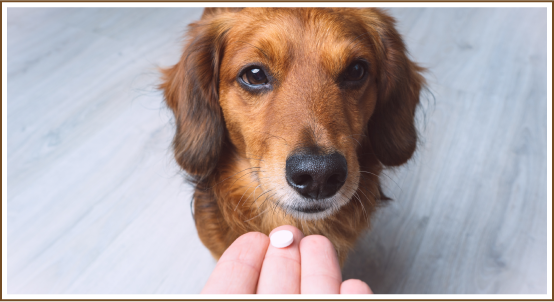
Pet Lumps & Bumps Treatment for Dogs
- Biopsy: A portion/entire lump is removed and sent for testing to a lab
- Fine Needle Aspiration (FNA): Cell samples are taken from the growth for diagnostic testing.
- Removal by freezing
- Radiation
- Chemotherapy

Preventing Pet Lumps & Bumps
While some causes of lumps on your pet are not preventable, many are. Some preventative measures include:
- Ensure they are kept at a healthy weight since many lumps occur in older, overweight animals.
- Regularly examine your pet for ticks (even if they are an indoor animal), which can quickly enter a house.
- Have your pet vaccinated and spayed/neutered
- Give your pet high-quality food and avoid toxic ones. Toxic foods make the liver work overtime to eliminate the toxins and the kidneys to eliminate waste.
- Keep toxic items high up to prevent ingestion (shampoo, toothpaste, cleaners, herbicides, pesticides, and poisonous materials)
- Regular exercise
- Monitor for signs of an allergy
- Practice good hygiene to prevent infections
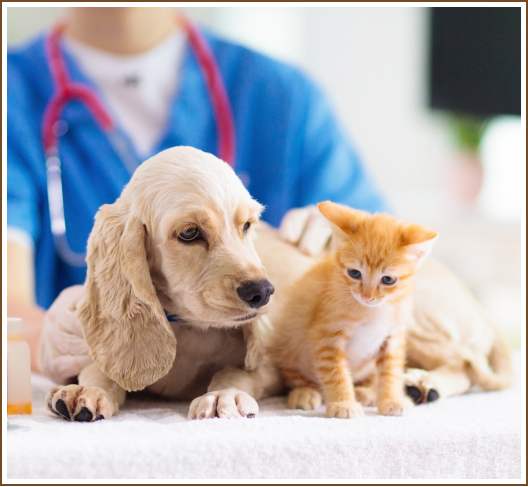
Pet Lumps & Bumps Treatment for Cats & Dogs
When it comes to your pet's health, it’s essential to be proactive. Regularly checking your pet for lumps and bumps is imperative to their health. Note any size, shape, or colour changes and document them. Since it is difficult to determine the exact cause of a lump or bump on your pet, it is advisable to make an appointment with an animal dermatologist who can diagnose it properly.
You can also consult a pet dermatology specialist for skin issues like redness, dryness, and itchiness. Constant scratching, bald spots, scabs, biting, licking, or skin bumps may indicate an underlying condition.
At Animal Dermatology Specialists of Vancouver, we can help. We provide treatment/diagnostics, allergy testing, nutritional counseling, and at-home care instructions. Contact us at 604-558-3376 to book a free appointment or complete our online form.
